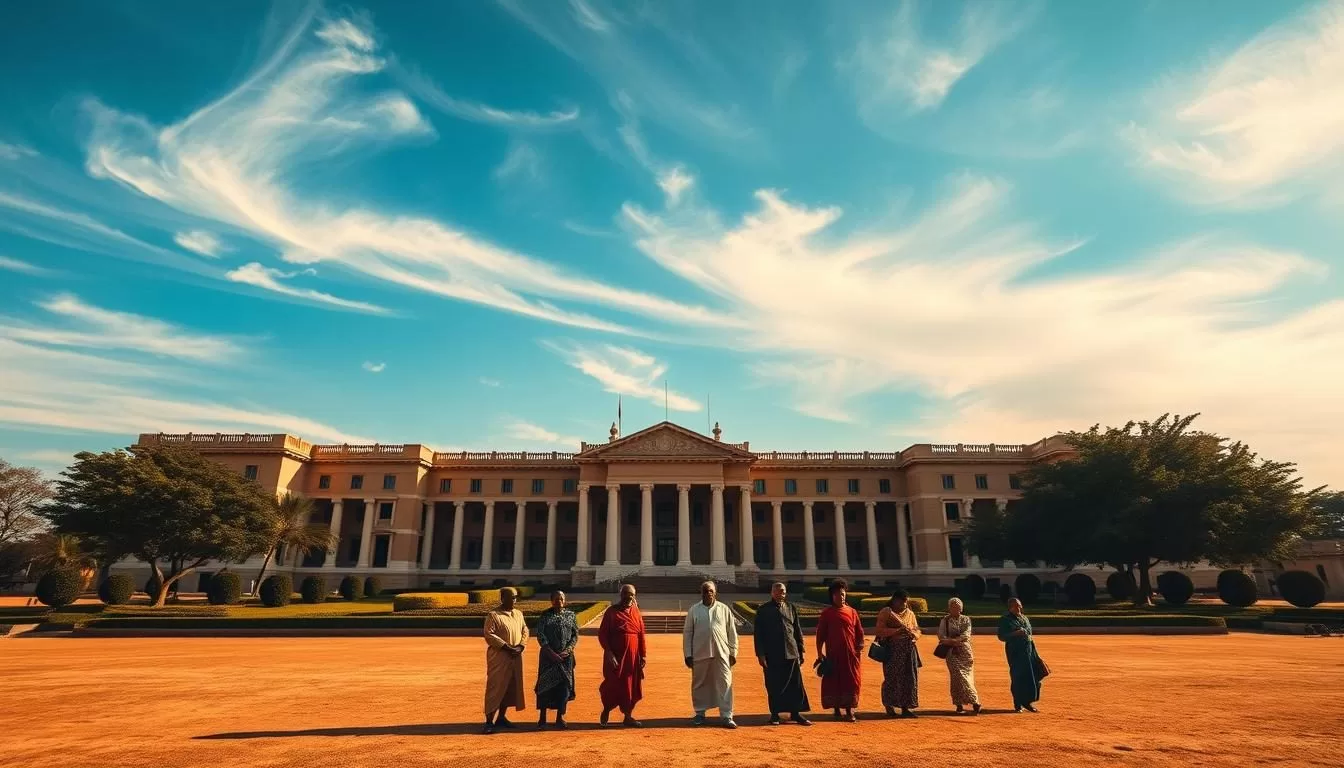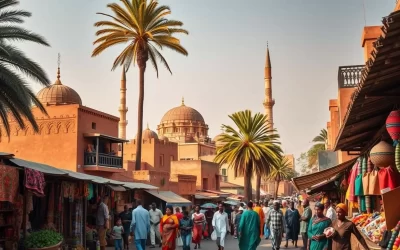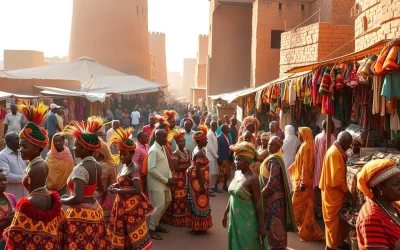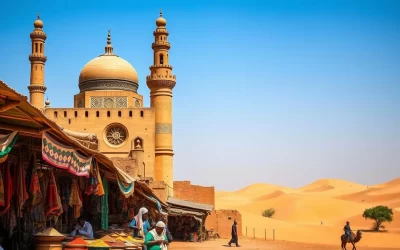✓ Accommodations✓ Flights✓ Rental Cars
Mali, a landlocked West African country, is home to a rich tapestry of cultures and traditions. Bamako, its capital, serves as the heart of this diverse nation. The country’s linguistic landscape is shaped by its history, particularly its colonial past. French, introduced by the former colonizer, remains a key working language in government and education.
With a population of over 21 million, Mali boasts more than 80 languages. Bambara, spoken by 80% of the population as a first or second language, dominates daily communication. French, though not widely spoken as a first language, is prevalent in urban centers and serves as a bridge for many.
Understanding Mali’s linguistic diversity offers insight into its identity. From Bambara to French, each language tells a story of the country’s history and cultural evolution. Dive deeper to explore how these languages shape Mali’s present and future.
Introduction to Mali’s Linguistic Landscape
The linguistic diversity of this West African nation reflects its rich cultural heritage. With over 80 languages spoken, it’s a true mosaic of communication. Each language carries the weight of history, tradition, and identity.
Language here is more than just a tool for communication. It’s an expression of culture and a bridge connecting communities. From Bambara to French, each one tells a story of the nation’s past and present.
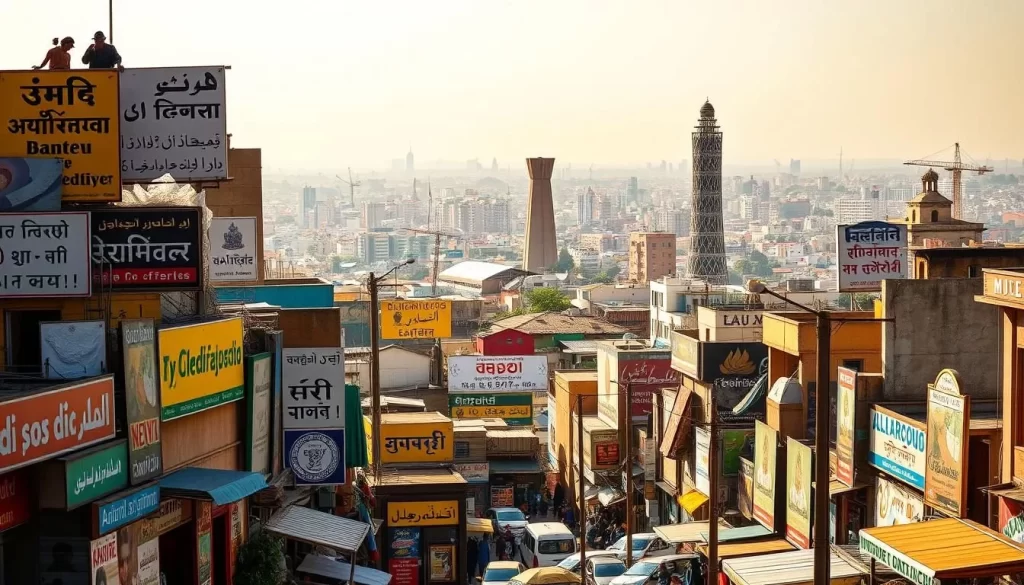
Demographics play a key role in this diversity. With a population of over 21 million, the country is a blend of ethnic groups and traditions. This mix contributes to the vibrant linguistic tapestry you see today.
In the global context, this nation stands out as a multilingual hub. Its ability to balance indigenous and introduced languages is a testament to its adaptability. This makes it a fascinating case study for the world.
Understanding the concept of national language is crucial here. It’s not just about official status but also about everyday life. These languages shape how people interact, learn, and preserve their heritage.
Historical Context of Language Use in Mali
The history of language in this region is deeply tied to its colonial past and post-independence growth. During colonial times, French was introduced as a tool for governance and education. This move shaped the nation’s linguistic landscape, leaving a lasting impact on its systems.

After gaining independence, the country retained French as a key language in government and education. Early leaders recognized its role in unifying diverse communities. This decision was reflected in the constitution, which formalized its status.
Trade and communication also played a significant role in shaping language dynamics. French became a bridge for international relations, while local dialects continued to thrive. This balance highlights the nation’s adaptability and cultural resilience.
Colonial Legacy and the Introduction of French
French was introduced during colonial rule, primarily to streamline administration and education. It became the medium for legal and governmental processes. This shift laid the foundation for its continued use in modern systems.
Post-Independence Language Evolution
After independence, the nation’s leaders worked to balance French with indigenous languages. Policies were introduced to promote local dialects while maintaining French for national unity. This approach reflects the country’s commitment to both tradition and progress.
Mali: Official and widely spoken languages
Exploring the linguistic diversity of this nation reveals a fascinating blend of traditions and modern influences. With 13 national languages recognized, each one plays a vital role in shaping the cultural identity of its people. These languages are not just tools for communication but also a reflection of the country’s rich heritage.
Ethnic groups form the backbone of this linguistic tapestry. From the Mande to the Fula, each group contributes unique dialects and traditions. This diversity strengthens the bond between communities, fostering a sense of unity despite differences.
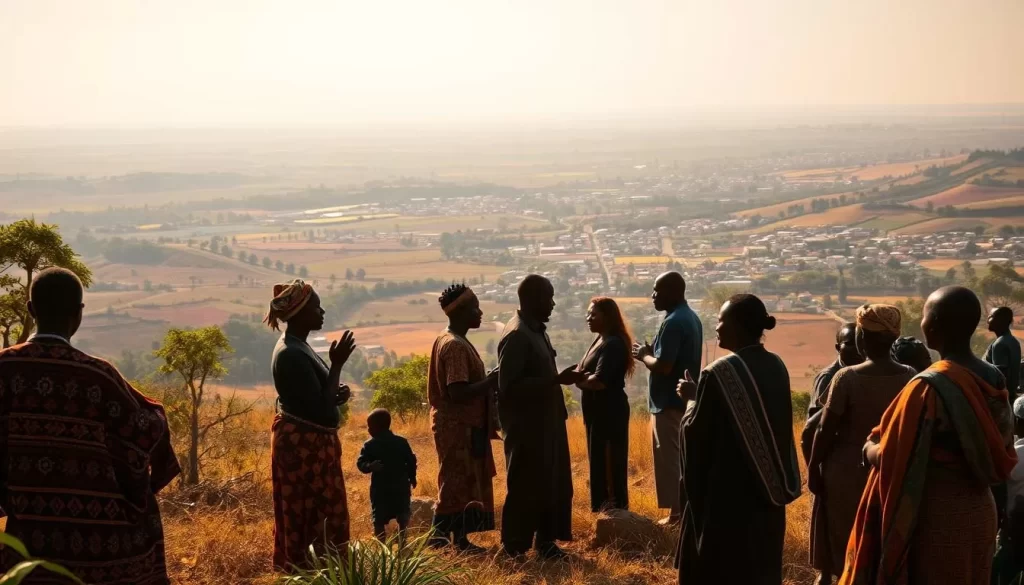
Referendums have played a significant part in shaping language policy. Public sentiment often ties directly to decisions about which languages gain recognition. These outcomes highlight the importance of involving every person in the process.
Here’s a breakdown of the most widely spoken languages and their usage:
| Language | Percentage of Speakers |
|---|---|
| Bambara | 30.3% |
| Fula | 25.4% |
| Dogon | 7.2% |
| French | 6.4% |
| Soninke | 6.4% |
Support for indigenous languages remains strong, especially in rural areas. Many people see these dialects as a vital part of their identity. This connection ensures their survival for generations to come.
“Language is the road map of a culture. It tells you where its people come from and where they are going.”
Understanding this linguistic landscape offers insight into the nation’s past and future. It’s a testament to the resilience and adaptability of its people.
The Role of French in Mali’s Education and Government
French continues to play a pivotal role in shaping the educational and governmental systems of this West African nation. Despite recent shifts in policy, it remains a working language in administrative and academic settings. This dual approach ensures both tradition and progress are respected.
In government, French is the primary medium for official communication. It facilitates decision-making processes and international relations. This ensures the nation remains connected globally while maintaining its unique identity.
In schools, French is taught alongside indigenous languages. Recent policy changes require early education to be conducted in local dialects. This approach fosters cultural pride while preparing students for a multilingual world.
Here’s a breakdown of how French and indigenous languages are integrated:
| Setting | Language Used |
|---|---|
| Government Offices | French |
| Primary Schools | Indigenous Languages |
| Secondary Schools | French and Indigenous Languages |
These initiatives highlight the nation’s commitment to balancing tradition with modernity. By valuing both French and indigenous language, it ensures cultural continuity while embracing global opportunities.
“Language is the foundation of identity. It shapes how we see the world and how the world sees us.”
Understanding this balance offers insight into the nation’s future. It’s a testament to its resilience and adaptability in a rapidly changing world.
Recognition of Indigenous Languages and Cultural Identity
Language is a cornerstone of cultural preservation in this diverse country. Indigenous languages like Bambara, Soninke, and Tamasheq are deeply rooted in its heritage. These dialects are more than just communication tools—they are symbols of identity and tradition.

The new constitution adopted in 2023 recognizes 13 national languages as official. This move reflects a commitment to protecting cultural identity and linguistic diversity. It’s a significant step toward ensuring these languages thrive for generations.
National Languages and Their Cultural Roots
Indigenous languages are vital to the nation’s cultural programs. They appear in education, media, and public policies. For example, Bambara is widely used in schools, while Soninke and Tamasheq are celebrated in local festivals.
Government programs promote the use of these languages in daily life. Bilingual education initiatives ensure children learn both their mother tongue and French. This approach fosters pride in cultural heritage while preparing them for a globalized world.
“Language is the soul of a culture. It carries the stories, values, and dreams of a people.”
Recent news highlights the importance of these efforts. Presidents have emphasized the role of language in unifying the population. Their speeches often call for greater support for indigenous dialects.
Understanding the significance of these languages offers insight into the nation’s identity. It’s a testament to its resilience and adaptability in preserving cultural roots. For more on the importance of indigenous languages in education, visit this resource.
Sign Languages: Bridging Communication for the Deaf Community
Communication for the deaf community in Mali has evolved significantly over the years, blending global and local innovations. Sign languages serve as a vital bridge, enabling connection and expression for those who rely on them daily.
American Sign Language (ASL) has played a key role in this evolution. Introduced by Andrew Foster, it has become a foundational language spoken in educational and social settings. Its impact extends beyond communication, fostering inclusivity and empowerment.
American Sign Language and Its Impact
ASL’s introduction marked a turning point for the deaf community. It provided a structured way to convey messages and ideas, breaking down barriers in education and employment. Over time, it has been adapted to fit local contexts, ensuring its relevance in daily life.
Local innovations have also emerged, enriching the linguistic landscape. Tebul and Bamako Sign Languages are prime examples, developed to address specific community needs. These languages spoken reflect the creativity and resilience of the deaf community.
Local Innovations: Tebul and Bamako Sign Languages
Tebul and Bamako Sign Languages showcase the adaptability of sign systems. They incorporate local gestures and cultural nuances, making them deeply rooted in the community’s identity. These innovations highlight the importance of preserving indigenous communication methods.
Numbers and time are integral to these sign languages. They are used in everyday interactions, from scheduling ceremonies to discussing yearly events. This integration ensures that deaf individuals can fully participate in social and cultural activities.
Policies have also shaped the use of sign languages. While there are occasional tensions over resource allocation, efforts to promote inclusivity are ongoing. These initiatives aim to create a more equitable environment for the deaf community.
For more insights into the significance of African sign languages, explore this resource. It delves into their unique features and their role in fostering societal participation.
Impacts of Political and Social Changes on Language Policy
Political shifts and social transformations have reshaped language policies in this West African nation. Recent constitutional changes and referendum outcomes have played a key role in this evolution. These updates reflect the nation’s efforts to balance tradition with modernity.
The constitution adopted in 2023 marked a turning point. It recognized 13 national languages as official, a move that strengthened cultural identity. This decision was a direct result of public sentiment and political will.
Relations with former colonizers have also influenced these changes. Tensions with France, for example, have led to a reevaluation of French’s role in governance and education. This shift highlights the nation’s desire to reclaim its linguistic heritage.
Referendum Outcomes and Constitutional Shifts
The 2023 referendum was a pivotal moment. It not only updated the constitution but also redefined the legal framework for language use. This process involved extensive public participation, ensuring the outcomes reflected the people’s will.
Leadership changes, including the role of the interim president, have also shaped these policies. Annual updates and adjustments ensure the laws remain relevant in a rapidly changing world.
For a deeper understanding of how political dynamics influence language policy, explore this resource.
“Language policy is not just about words; it’s about identity, culture, and power.”
These changes underscore the nation’s commitment to preserving its linguistic diversity while adapting to global trends. Understanding this balance offers insight into its future direction.
Future Directions in Mali’s Language Policy and Education
The future of language policy in this African country is poised for transformative changes, driven by ongoing debates and emerging trends. As of July 2023, discussions have intensified, focusing on innovative ways to address challenges and preserve linguistic diversity.
Reforms are expected to shape how every person uses language in daily life. These changes aim to balance tradition with modernity, ensuring that the population remains connected to its cultural roots while embracing global opportunities.
Emerging trends highlight the importance of groups and population dynamics in influencing future language status. Innovative approaches are being explored to integrate local dialects into education and governance, fostering inclusivity and cultural pride.
Here’s a breakdown of potential reforms and their impacts:
| Reform | Impact |
|---|---|
| Bilingual Education | Enhances learning outcomes and cultural identity |
| Local Language Media | Promotes linguistic diversity and community engagement |
| Policy Updates | Ensures relevance in a rapidly changing world |
These initiatives promise to pave a fresh way forward, addressing the deterioration of some indigenous languages. By valuing both local and global language, the country ensures its identity as a proud African country remains intact.
“Language is the key to understanding a culture. It shapes how we see the world and how the world sees us.”
Understanding these future directions offers insight into the nation’s evolving identity. It’s a testament to its resilience and adaptability in preserving its rich heritage.
Conclusion
This African country stands as a testament to the power of language in shaping identity and unity. From Bambara to French, each dialect tells a story of resilience and adaptability. The population continues to embrace its multilingual heritage, ensuring cultural roots remain strong.
Recent shifts in policy, including the recognition of 13 national languages, highlight the nation’s commitment to diversity. These changes reflect the contributions of every person and group in shaping the status of communication.
As of July 2023, the way forward focuses on balancing tradition with progress. Challenges like deterioration of some dialects are met with innovative solutions. This ensures the country remains a vibrant example of linguistic harmony.
For more on how language policies evolve, explore this resource. It offers deeper insights into the global significance of multilingualism.
The above is subject to change.
Check back often to TRAVEL.COM for the latest travel tips and deals.
